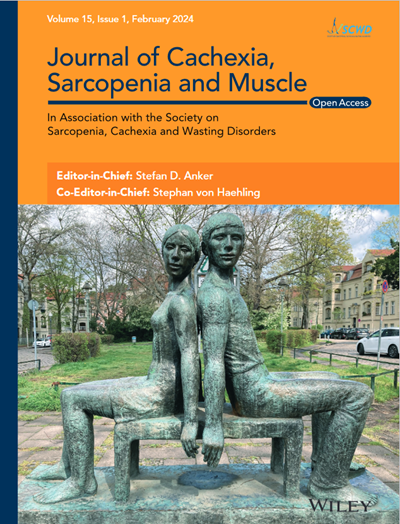Skeletal muscle atrophy is a severe condition that involves loss of muscle mass and quality. Drug intake can also cause muscle atrophy. Biguanide metformin is the first-line and most widely prescribed anti-diabetic drug for patients with type 2 diabetes. The molecular mechanism of metformin in muscle is unclear.
Myostatin expression was investigated at the protein and transcript levels after metformin administration. To investigate the pathways associated with myostatin signalling, we used real-time polymerase chain reaction, immunoblotting, luciferase assay, chromatin immunoprecipitation assay, co-immunoprecipitation, immunofluorescence, primary culture, and confocal microscopy. Serum analysis, physical performance, and immunohistochemistry were performed using our in vivo model.
Metformin induced the expression of myostatin, a key molecule that regulates muscle volume and triggers the phosphorylation of AMPK. AMPK alpha2 knockdown in the background of metformin treatment reduced the myostatin expression of C2C12 myotubes (−49.86 ± 12.03%, P < 0.01) and resulted in increased myotube diameter compared with metformin (+46.62 ± 0.88%, P < 0.001). Metformin induced the interaction between AMPK and FoxO3a, a key transcription factor of myostatin. Metformin also altered the histone deacetylase activity in muscle cells (>3.12-fold ± 0.13, P < 0.001). The interaction between HDAC6 and FoxO3a induced after metformin treatment. Confocal microscopy revealed that metformin increased the nuclear localization of FoxO3a (>3.3-fold, P < 0.001). Chromatin immunoprecipitation revealed that metformin induced the binding of FoxO3a to the myostatin promoter. The transcript-level expression of myostatin was higher in the gastrocnemius (GC) muscles of metformin-treated wild-type (WT) (+68.9 ± 10.01%, P < 0.001) and db/db mice (+55.84 ± 6.62%, P < 0.001) than that in the GC of controls (n = 4 per group). Average fibre cross-sectional area data also showed that the metformin-treated C57BL/6J (WT) (−31.74 ± 0.75%, P < 0.001) and C57BLKS/J-db/db (−18.11 ± 0.94%, P < 0.001) mice had decreased fibre size of GC compared to the controls. The serum myoglobin level was significantly decreased in metformin-treated WT mice (−66.6 ± 9.03%, P < 0.01).
Our results demonstrate that metformin treatment impairs muscle function through the regulation of myostatin in skeletal muscle cells via AMPK-FoxO3a-HDAC6 axis. The muscle-wasting effect of metformin is more evident in WT than in db/db mice, indicating that more complicated mechanisms may be involved in metformin-mediated muscular dysfunction.


